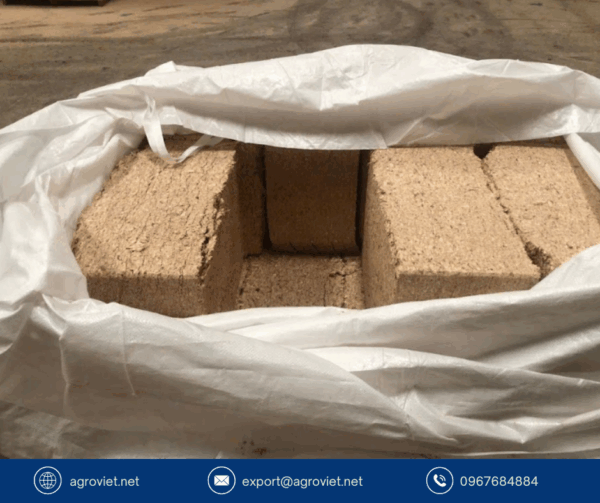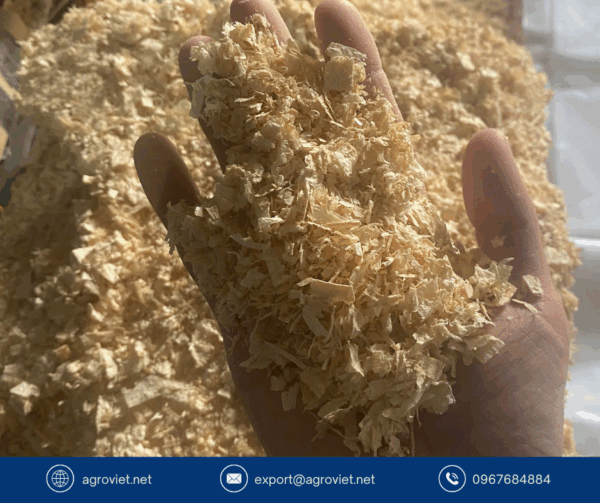Unlocking the Potential of Mixed Wood Shavings: A Sustainable Solution for Multiple Industries

Mixed wood shavings, small fragments generated during woodworking processes, are a versatile, eco-friendly, and cost-effective material with applications in agriculture, energy, and packaging. Derived from woods like pine, rubberwood, and acacia, these shavings are byproducts of furniture factories and woodworking facilities, making them a sustainable choice for modern industries. This SEO-optimized article explores the production process, specifications, benefits, and key considerations for using mixed wood shavings, highlighting their role in promoting sustainability and efficiency. Organized into detailed sections with clear headings, this guide provides valuable insights for farmers, manufacturers, and environmentally conscious businesses seeking to leverage this remarkable resource.
The Production Process of Mixed Wood Shavings
Mixed wood shavings are created during various woodworking activities, transforming raw timber into a valuable byproduct. In furniture factories and woodworking facilities, processes such as sawing, cutting, planing, and milling generate fine shavings from woods like pine, rubberwood, and acacia. These shavings are collected and meticulously screened to remove dust, powder, and foreign matter, ensuring a clean product. The cleaned shavings are then sorted by size, typically ranging from 1-15 mm or 3-15 mm, and compressed into compact blocks for efficient storage and transport. Packed in jumbo bags, mixed wood shavings are ready for distribution to industries worldwide, offering a sustainable solution derived from woodworking waste.
Specifications of Mixed Wood Shavings
The quality and usability of mixed wood shavings depend on their precise specifications, which make them suitable for diverse applications. According to industry standards, these shavings are typically a blend of pine, rubberwood, and acacia, providing a balanced mix of durability and absorbency. The shavings range in size from 1-15 mm or 3-15 mm, with a maximum moisture content of 12% to ensure dryness and prevent mold. Powder content is kept below 1%, and foreign matter, such as metal or plastic, is limited to 0.5%, guaranteeing a clean product. The natural yellow and brown tones of mixed wood shavings add aesthetic appeal, particularly for agricultural and landscaping uses, making them a practical and visually pleasing material.
Benefits of Mixed Wood Shavings in Animal Bedding
Mixed wood shavings are highly valued in agriculture, particularly as bedding for poultry, cattle, and horse farms. Their exceptional absorbency helps control moisture, keeping barns clean and reducing the risk of bacterial growth. The soft texture of shavings from pine, rubberwood, and acacia provides a comfortable surface for animals, improving their well-being and reducing issues like footpad dermatitis in poultry or lameness in horses. Additionally, mixed wood shavings naturally minimize odors by absorbing ammonia and other gases, enhancing barn hygiene. This makes them an ideal choice for farmers seeking sustainable, high-performance bedding that supports animal health and simplifies farm maintenance.
Mixed Wood Shavings as Biomass Fuel Feedstock
Beyond agriculture, mixed wood shavings serve as a renewable resource for biomass fuel production. Their high carbon content and low moisture make them an excellent raw material for manufacturing wood pellets, a sustainable alternative to fossil fuels. The uniform size and low impurity levels of mixed wood shavings ensure efficient processing in pellet production, contributing to clean energy solutions. By repurposing woodworking byproducts, this application reduces waste and supports the global shift toward renewable energy, making mixed wood shavings a key player in the bioenergy sector and a sustainable choice for environmentally conscious industries.
Eco-Friendly Mulch for Agriculture and Landscaping
In horticulture and landscaping, mixed wood shavings shine as an eco-friendly mulch. Their ability to retain soi l moisture helps plants thrive in dry conditions, reducing the need for frequent watering. As mulch, mixed wood shavings also suppress weed growth, saving time and effort in garden maintenance. Over time, the shavings decompose, enriching the soil with organic matter and improving its structure without the need for chemical fertilizers. The natural yellow and brown hues of pine, rubberwood, and acacia shavings add aesthetic appeal to garden beds, making them a practical and attractive option for sustainable landscaping.
l moisture helps plants thrive in dry conditions, reducing the need for frequent watering. As mulch, mixed wood shavings also suppress weed growth, saving time and effort in garden maintenance. Over time, the shavings decompose, enriching the soil with organic matter and improving its structure without the need for chemical fertilizers. The natural yellow and brown hues of pine, rubberwood, and acacia shavings add aesthetic appeal to garden beds, making them a practical and attractive option for sustainable landscaping.
Protective Packaging with Mixed Wood Shavings
Mixed wood shavings are increasingly used as a sustainable alternative to synthetic packaging materials. Their soft, cushioning properties make them ideal for protecting fragile goods during shipping, reducing damage to items like glassware or electronics. Unlike foam or plastic fillers, mixed wood shavings are biodegradable and environmentally friendly, aligning with the growing demand for green packaging solutions. Their lightweight nature also minimizes shipping costs, while their ability to absorb shocks ensures product safety. Businesses adopting mixed wood shavings for packaging contribute to a circular economy while meeting consumer preferences for eco-conscious practices.
Key Considerations for Producing High-Quality Mixed Wood Shavings
To ensure the effectiveness of mixed wood shavings, several production factors must be addressed. The quality of the source material is critical; shavings must come from untreated woods like pine, rubberwood, or acacia to avoid chemical contamination that could harm animals or soil. Thorough screening to remove dust and foreign matter, such as metal or plastic, is essential to maintain product purity, with powder content kept below 1% and foreign matter under 0.5%. Proper storage in cool, dry conditions prevents mold and moisture buildup, preserving the shavings’ quality for long-term use. By adhering to these standards, manufacturers can produce high-quality mixed wood shavings suitable for diverse applications.
Conclusion: Mixed Wood Shavings as a Sustainable Future

Mixed wood shavings, derived from pine, rubberwood, and acacia, offer a sustainable, cost-effective, and versatile solution for industries ranging from agriculture to energy and packaging. Their production from woodworking byproducts supports a circular economy, reducing waste and promoting environmental responsibility. Whether used as absorbent animal bedding, eco-friendly mulch, biomass fuel feedstock, or protective packaging, mixed wood shavings deliver exceptional performance while minimizing environmental impact. By adopting this resource, farmers, manufacturers, and businesses can contribute to cleaner production cycles and a greener future, making mixed wood shavings a cornerstone of sustainable innovation.
